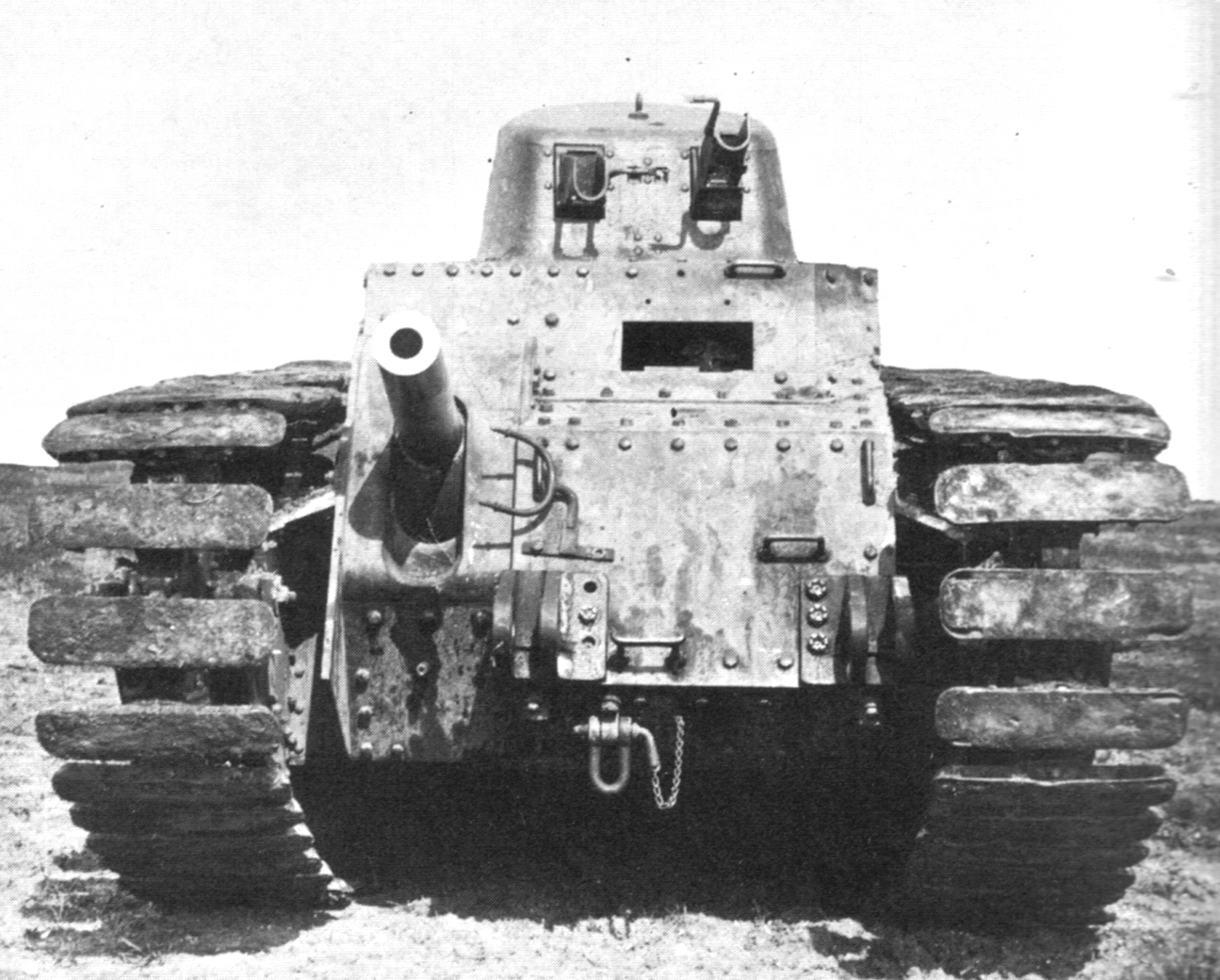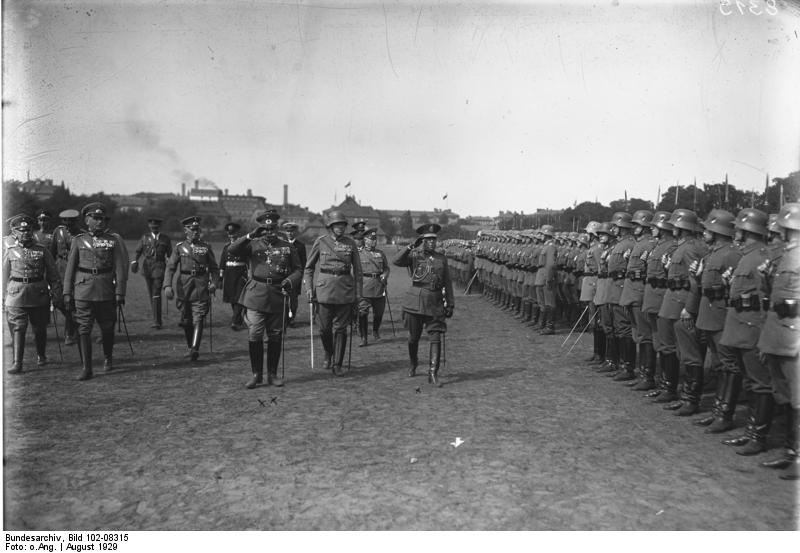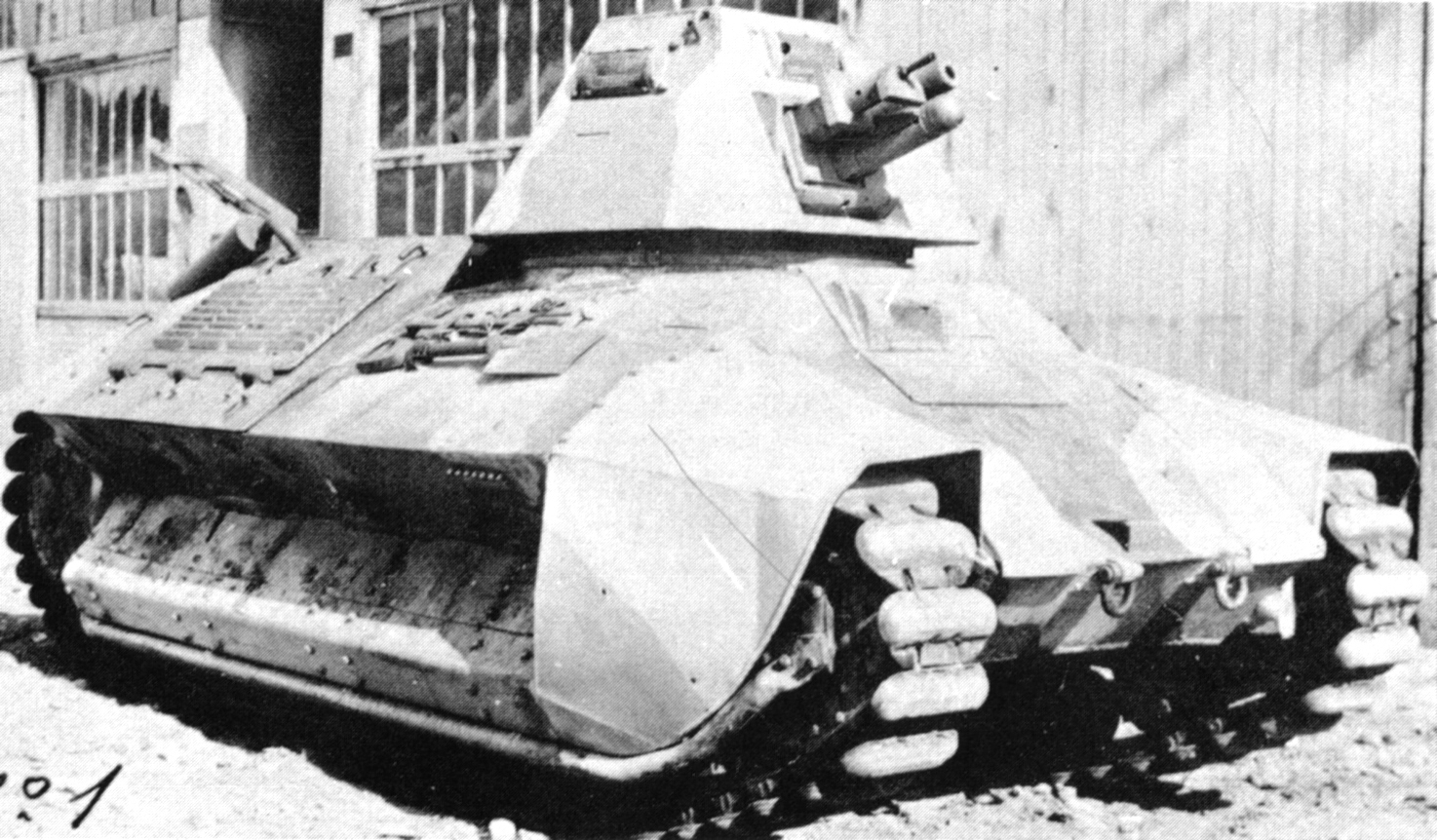|
Stonne
Stonne () is a commune in the Ardennes department in northern France. History Stonne is a small village, consisting of only a handful of farmsteads, that was heavily contested during the invasion of France in the Second World War. The village changed hands 17 times over the course of three days of fighting between 15 May and 17 May 1940. Operations near the town involved 90,000 German troops and 300 German tanks, opposed by 42,500 French soldiers and 130 French tanks. The Germans lost 26,500 men (wounded and killed) and 24 tanks, while the French lost 7,500 men (wounded and killed) and 33 tanks. On 13–14 May 1940, German tanks crossed the Meuse river under the command of General Heinz Guderian. The town of Stonne and the woody hills of Mont-Dieu were the single area where it was possible to try to stop this German advance. On the night of 13 May, the French moved various elements to this area to attack the Germans; * elements from the 3rd Motorized Infantry Division (DI ... [...More Info...] [...Related Items...] OR: [Wikipedia] [Google] [Baidu] |
Battle Of Sedan (1940)
The Battle of Sedan or Second Battle of Sedan (12–15 May 1940)Frieser 2005, p. 196. took place in the Second World War during the Battle of France in 1940. It was part of the German ''Wehrmacht''s operational plan codenamed ''Fall Gelb'' (Case Yellow) for an offensive through the hilly and forested Ardennes, to encircle the Allied armies in Belgium and north-eastern France. German Army Group A crossed the Meuse with the intention of capturing Sedan and pushing westwards towards the Channel coast, to trap the Allied forces that were advancing east into Belgium, as part of the Allied Dyle Plan. Sedan is situated on the east bank of the Meuse. Its capture would give the Germans a base from which to take the Meuse bridges and cross the river. The German divisions could then advance across the open and undefended French countryside to the English Channel. On 12 May, Sedan was captured without resistance and the Germans defeated the French defences around Sedan on the west bank o ... [...More Info...] [...Related Items...] OR: [Wikipedia] [Google] [Baidu] |
Char B1
The Char B1 was a French heavy tank manufactured before World War II. The Char B1 was a specialised break-through vehicle, originally conceived as a self-propelled gun with a 75 mm howitzer in the hull; later a 47 mm gun in a turret was added, to allow it to function also as a , a "battle tank" fighting enemy armour, equipping the armoured divisions of the Infantry Arm. Starting in the early twenties, its development and production were repeatedly delayed, resulting in a vehicle that was both technologically complex and expensive, and already obsolescent when real mass-production of a derived version, the Char B1 "bis", started in the late 1930s. A further up-armoured version, the Char B1 "ter", was only built in two prototypes. Among the most powerfully armed and armoured tanks of its day, the type was very effective in direct confrontations with German armour in 1940 during the Battle of France, but low speed and high fuel consumption made it ill-adapted to the ... [...More Info...] [...Related Items...] OR: [Wikipedia] [Google] [Baidu] |
Pierre Billotte
Pierre Armand Gaston Billotte (8 March 1906 – 29 June 1992) was a French Army officer and politician. He was the son of General Gaston Billotte, who commanded parts of the French Army at the start of World War II. Pierre Billotte was himself notable for his combat actions during the Battle of France. 16 May 1940 Billotte is known for his extraordinary actions as a French Tank Commander on 16 May 1940 during the battle at the French village of Stonne. Billotte served in the 1st Compagnie of the 41st Tank Battalion, equipped with the Char B1 heavy tank. Then-Captain Billotte, commanding a Char B1 Bis tank nicknamed "Eure", was instrumental in retaking the village of Stonne, defended by elements of the German 8th Panzer Regiment. The village had already been the scene of fierce fighting before Billotte's action, having changed hands numerous times and lying on a strategic location on the road to Sedan. On 16 May, while under heavy fire from German tanks, Billotte and his B1 Bis m ... [...More Info...] [...Related Items...] OR: [Wikipedia] [Google] [Baidu] |
Infantry Regiment Großdeutschland
The Infantry Regiment ''Großdeutschland'' (german: Infanterie-Regiment "Großdeutschland"; ) was an élite German Army (Wehrmacht), German Army ceremonial and combat unit which saw action during World War II. Originally formed in 1921 it was known as the ''Wachregiment Berlin''. Renamed ''Infanterie-Regiment Greater Germanic Reich, Großdeutschland'' in 1939, the regiment served in the campaigns in France and the Low Countries. It then served exclusively on the Eastern Front (World War II), Eastern Front until the end of the war. It was destroyed near Pillau in May 1945. ''Großdeutschland'' is sometimes mistakenly perceived to be part of the Waffen-SS, whereas it was actually a unit of the regular German Army (''Heer''). In 1942 it was expanded into the Großdeutschland Division, the best-equipped division in the Wehrmacht, which received equipment before all other units, including some Waffen-SS units; however it remained a regiment within the division and was renamed to ''Gr ... [...More Info...] [...Related Items...] OR: [Wikipedia] [Google] [Baidu] |
Communes Of The Ardennes Department
The following is a list of the 449 communes of the Ardennes department of France. The communes cooperate in the following intercommunalities (as of 2020):BANATIC Périmètre des EPCI à fiscalité propre. Accessed 3 July 2020. * * Communauté de communes Ardenne rives de Meuse * [...More Info...] [...Related Items...] OR: [Wikipedia] [Google] [Baidu] |
24th Infantry Division (Wehrmacht)
The 24th Infantry Division (german: 24. Infanterie-Division) was a German Army infantry division active in World War II. It served across the Eastern Front in engagements such as the Sieges of Sevastopol and the Leningrad, finally being destroyed in the Courland Pocket in 1945. History Formation and the Polish Campaign The 24th Infantry Division was raised on 15 October 1935 in Chemnitz, and was placed under the command of Lieutenant General Werner Kienitz until April 1938, when command was passed to Lieutenant General Sigismund von Förster. In November, Lieutenant General Friedrich Olbricht was appointed commander. The 171st Infantry Regiment was separated from this division in August 1939 and handed over to the newly activated 56th Infantry Division, while elements of the 24th Infantry's staff were given to 87th Infantry Division. The division was first deployed into action in September 1939 during the Soviet-German invasion of Poland, as part of X Corps in the newly ... [...More Info...] [...Related Items...] OR: [Wikipedia] [Google] [Baidu] |
FCM 36
The FCM 36 or ''Char léger Modèle 1936 FCM'', was a light infantry tank that was designed for the French Army prior to World War II. It had a crew of two and was equipped with a short 37 mm main armament and a 7.5 mm coaxial machine gun. Power was provided by a diesel engine. Development In 1933 the Hotchkiss company proposed to build a cheap mass-produced light infantry tank. In reaction to this proposal the French Army invited the whole of French industry to offer alternative designs. In the end three of the competing prototypes would be taken into production: the Hotchkiss H35, the Renault R35 and the FCM 36. The ''Forges et Chantiers de la Méditerranée'' (FCM), located at Toulon, had some previous experience with tank production as it had constructed the ten giant Char 2C tanks in 1921 and had been involved in the development of the Char B1. Engineer Bourdot, who had designed the suspension of the Char B, was ordered to create a modern tank design taking full ... [...More Info...] [...Related Items...] OR: [Wikipedia] [Google] [Baidu] |
16th Infantry Division (Wehrmacht)
The 16th Infantry Division of the German Army was formed in 1934. On 26 August 1939 the division was mobilized for the invasion of Poland (1939). It participated in the Battle of France in August 1940. The division was then split, resulting in two independent units: The 16th Panzer Division and the 16th Motorized Infantry Division. Then later, from 1944 onward, combined with other non 16th elements, was known as the 116th Panzer Division. 16th Panzer Division The 16th Panzer Division served as a reserve in Romania during the Balkans campaign in 1941. It then participated in Operation Barbarossa with Army Group South, also in 1941. A ''kampfgruppe'' of 16th Panzer Division, led by Count Strachwitz, reached the outskirts of Stalingrad on 23 August 1942, brushing aside the sole Soviet defences, anti-aircraft guns manned by female factory workers (possibly the 1077th Anti-Aircraft Regiment). The 16th Panzer Division was encircled and ultimately destroyed at Stalingrad during t ... [...More Info...] [...Related Items...] OR: [Wikipedia] [Google] [Baidu] |
Panzer III
The ''Panzerkampfwagen III'', commonly known as the Panzer III, was a medium tank developed in the 1930s by Germany, and was used extensively in World War II. The official German ordnance designation was Sd.Kfz. 141. It was intended to fight other armoured fighting vehicles and serve alongside and support the similar Panzer IV, which was originally designed for infantry support. However, as the Germans faced the formidable T-34, more powerful anti-tank guns were needed, and since the Panzer IV had more development potential with a larger turret ring, it was redesigned to mount the long-barrelled 7.5 cm KwK 40 gun. The Panzer III effectively swapped roles with the Panzer IV, as from 1942 the last version of the Panzer III mounted the 7.5 cm KwK 37 L/24 that was better suited for infantry support. Production of the Panzer III ceased in 1943. Nevertheless, the Panzer III's capable chassis provided hulls for the Sturmgeschütz III assault gun until the end of the war. Development h ... [...More Info...] [...Related Items...] OR: [Wikipedia] [Google] [Baidu] |
Panzer IV
The ''Panzerkampfwagen'' IV (Pz.Kpfw. IV), commonly known as the ''Panzer'' IV, was a German medium tank developed in the late 1930s and used extensively during the Second World War. Its ordnance inventory designation was Sd.Kfz. 161. The Panzer IV was the most numerous German tank and the second-most numerous German fully tracked armoured fighting vehicle of the Second World War; 8,553 Panzer IVs of all versions were built during World War II, only exceeded by the StuG III assault gun with 10,086 vehicles. Its chassis was also used as the base for many other fighting vehicles, including the Sturmgeschütz IV assault gun, the Jagdpanzer IV self-propelled anti-tank gun, the ''Wirbelwind'' self-propelled anti-aircraft gun, and the '' Brummbär'' self-propelled gun. The Panzer IV saw service in all combat theatres involving Germany and was the only German tank to remain in continuous production throughout the war. It was originally designed for infantry support, while the sim ... [...More Info...] [...Related Items...] OR: [Wikipedia] [Google] [Baidu] |
Communes Of France
The () is a level of administrative division in the French Republic. French are analogous to civil townships and incorporated municipalities in the United States and Canada, ' in Germany, ' in Italy, or ' in Spain. The United Kingdom's equivalent are civil parishes, although some areas, particularly urban areas, are unparished. are based on historical geographic communities or villages and are vested with significant powers to manage the populations and land of the geographic area covered. The are the fourth-level administrative divisions of France. vary widely in size and area, from large sprawling cities with millions of inhabitants like Paris, to small hamlets with only a handful of inhabitants. typically are based on pre-existing villages and facilitate local governance. All have names, but not all named geographic areas or groups of people residing together are ( or ), the difference residing in the lack of administrative powers. Except for the municipal arrondi ... [...More Info...] [...Related Items...] OR: [Wikipedia] [Google] [Baidu] |






